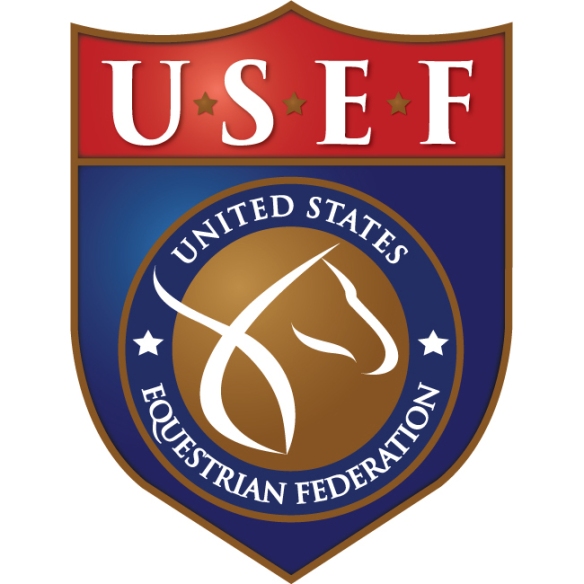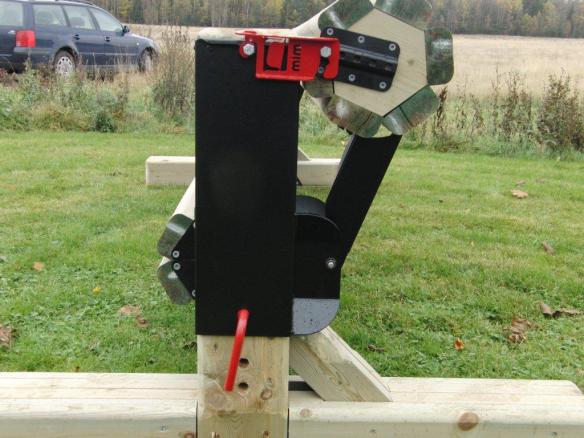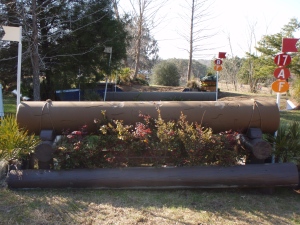
Sebastian Steiner died on 18 September 2010
In a little over two week there will be two meetings of critical importance to the future of Eventing.
The first on 28 January is a follow up to a meeting that occurred on the 10th of November. This meeting is working on “discuss the possible creation of industrial standards for frangible/deformable Cross Country fences to be used in FEI competitions”.
This is exciting. What is not exciting is that very few people participated in the meeting, the meeting is not open to all concerned or it seems anyone outside the United Kingdom bar a select few from Europe and the USA.
In addition, the minutes from this meeting have not been published publicly for the wider Eventing community, the goals, papers and responses are locked away in a secure part of the FEI Family website.
One can only hope that they will release further information following the 28 January meeting.
The second very important meeting is the annual gathering of all National Safety Officers at Greenwich on 29-30 January. This meeting too, does not encourage input from outside the select group of NSOs and others by invitation (mine it seems got lost in the mail). I am confident that at the NSOs meeting they will discuss the aforementioned industrial standard for frangible/deformable cross country fences at the NSOs meeting.
What I hope is, will we turn the corner, will we move away from the situation of paranoia, closed doors, secret meetings and secure password controlled minutes?
Will we see publicly for the first time, a written simple and concise plan, that outlines in plain English (and French as well as many other languages), our goals, KPI’s and statistics for moving forward.
I am not hopeful, it only takes five minutes on Google to know that this conversation was happening, in the same tone, with big plans in the late nineties. Have we improved? I think so, have we learnt anything, technically & scientifically YES, from a Public Relations and Management point of view, it seems not.
I recently came across a list, it is a list that will chill the bones of any Eventer or Eventing supporter. The list contains the names and details of EVERY death of a rider, that has made it into the public domain since about 1997. Some of these names I have heard before but many I hadn’t.
For me personally, this list and the people whose lives were lost in our sport, this is why I do this, stick my neck out. Unfortunately, every year on average just under four lives are lost in our sport.
2010 was an average year as we said goodbye to Dirk Grouwels (48) of Belgium in March, Elena Timonina (16) of Russia in May, Robin Donaldson (64) of Great Britain in September and Sebastian Steiner (22) of Austria in September.
I hope, dream and pray (I’m not very good at it) that 2011 will not be an average year. Will we find some miracle cure in 2011 in the Industrial Standards? I don’t think so, but I do hope that we can be more open, inclusive and forthright about the challenges our sport faces and how we will tackle this as a team.
Can we continue to add names to this horrific list and look at ourselves in the mirror and honestly say with hand on heart, I did everything in my power to stop adding to this list.
Believe me I haven’t forgotten about our horses and those that have given there lives for the sport. Personally I have been around to see three of these, three too many and I know how tragic it is. But, if we can’t get motivated enough to stem the list of human deaths, how can we even start on the list of horse deaths.
One final thing I ask, I want to ensure that this plea is read by every single person who will be in those meetings. Please share the list as far and wide as possible, post it to your Facebook, email it to your Eventing contacts or Tweet it, whatever you can do to help spread the word will be truly appreciated.
Hopefully in late January, we can move past the excuses for not doing something, focus on the list of the past and prepare a plan for the future.
If you can bear it, there is a fairly comprehensive list on Horsetalk of both horses and riders.
 Occasionally I get some really good news sent to me very anonymously, sometimes it isn’t so good, but this one is. For many years the USEF has been a leader in the introduction of Frangible Devices in the sport of Eventing. They are one of the few Federations to require Frangible Devices on certain types of fences and also one of a very few that actually subsidize the cost of using the devices.
Occasionally I get some really good news sent to me very anonymously, sometimes it isn’t so good, but this one is. For many years the USEF has been a leader in the introduction of Frangible Devices in the sport of Eventing. They are one of the few Federations to require Frangible Devices on certain types of fences and also one of a very few that actually subsidize the cost of using the devices.



